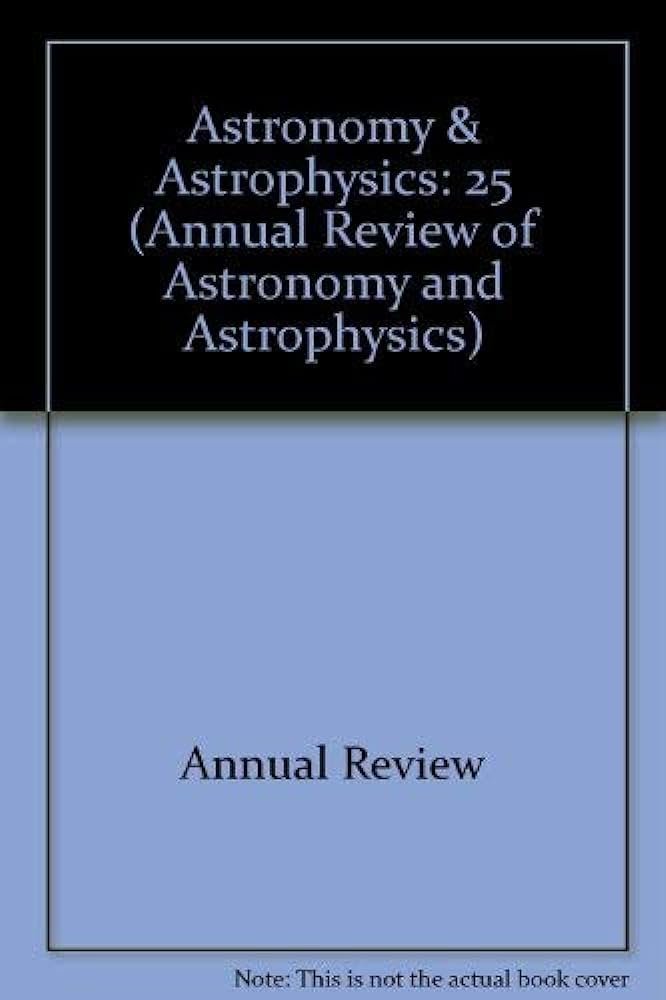M 矮人的特性
IF 32.5
1区 物理与天体物理
Q1 ASTRONOMY & ASTROPHYSICS
Annual Review of Astronomy and Astrophysics
Pub Date : 2024-07-01
DOI:10.1146/annurev-astro-052722-102740
引用次数: 0
摘要
M 矮星在恒星群中占主导地位,每四颗恒星中就有三颗是 M 矮星,其中最近的一颗是半人马座比邻星,它是太阳系外最近的目的地。这些冷恒星的光度(万分之一到 6% L⊙)和温度(2,100-3,900 K)跨度很大,光谱以氧化钛(TiO)吸收带为主,最新的光谱类型则以氧化钒(VO)吸收带为主。它们的质量从 0.075 到 0.61 M⊙,相差 8 倍,与中 B 到 K 矮星类型的质量分布相当。M矮星系统大约有四分之一的时间是多重的,最接近的双星的轨道是通过潮汐环绕的,轨道周期大约为一周。与其他任何类型的主序星不同,质量接近 0.35 M⊙的 M 矮星的分布中存在一个缺口,这个缺口将部分对流恒星和完全对流恒星区分开来,但这两种类型的 M 矮星通常都很活跃,都会出现 Hα 发射和耀斑。许多行星被发现环绕着M矮星运行,其中大多数行星的大小是类地行星或海王星,而不是类木行星,但要确定系外行星群的特征,还有许多工作要做。总之,太阳邻近地区主要是 M 矮星,它们的轨道上可能有许多尚未发现的小行星--其中一些可能蕴藏着与太阳系非常接近的生命。 每四颗恒星中就有三颗是 M 矮星。 M矮星的数量一直增加到主序的末端。 ▪ M 矮星在质量高时是部分辐射性的,而在质量低时则是完全对流性的。本文章由计算机程序翻译,如有差异,请以英文原文为准。
The Character of M Dwarfs
M dwarfs dominate the stellar population, accounting for three of every four stars, the nearest of which is Proxima Centauri, the closest destination beyond our Solar System. These cool stars span large ranges in luminosities (one ten-thousandth to 6% L⊙ ) and temperatures (2,100–3,900 K) and have spectra dominated by absorption bands of titanium oxide (TiO) and, for the latest spectral types, vanadium oxide (VO). They have masses that span 0.075 to 0.61 M⊙ , a factor of eight, which is comparable with a spread in masses for dwarf types mid-B through K . Unlike these more massive stars, in the age of the Universe no M dwarfs have evolved in any significant way. M dwarf systems are multiple roughly one-quarter of the time, with the closest binaries found in orbits that have been circularized via tides for orbital periods of about one week. Unlike any other type of main sequence star, there is a gap in the distribution of M dwarfs near masses of 0.35 M⊙ that pinpoints the separation of partially and fully convective stars, yet both types of M dwarfs are often active, showing both Hα in emission and flares. Many planets are found orbiting M dwarfs, and most of them are terrestrial or neptunian in size, rather than jovian, yet much more work remains to be done to characterize the exoplanet population. Overall, the Solar Neighborhood is dominated by M dwarfs that are likely orbited by many small, as yet unseen, planets—some of which may harbor life very near to that in our Solar System. ▪ M dwarfs account for three of every four stars. ▪ M dwarf counts increase all the way to the end of the main sequence. ▪ M dwarfs are partially radiative at high masses and fully convective at low masses.
求助全文
通过发布文献求助,成功后即可免费获取论文全文。
去求助
来源期刊

Annual Review of Astronomy and Astrophysics
地学天文-天文与天体物理
CiteScore
54.80
自引率
0.60%
发文量
14
期刊介绍:
The Annual Review of Astronomy and Astrophysics is covers significant developments in the field of astronomy and astrophysics including:The Sun,Solar system and extrasolar planets,Stars,Interstellar medium,Galaxy and galaxies,Active galactic nuclei,Cosmology,Instrumentation and techniques,
History of the development of new areas of research.
 求助内容:
求助内容: 应助结果提醒方式:
应助结果提醒方式:


